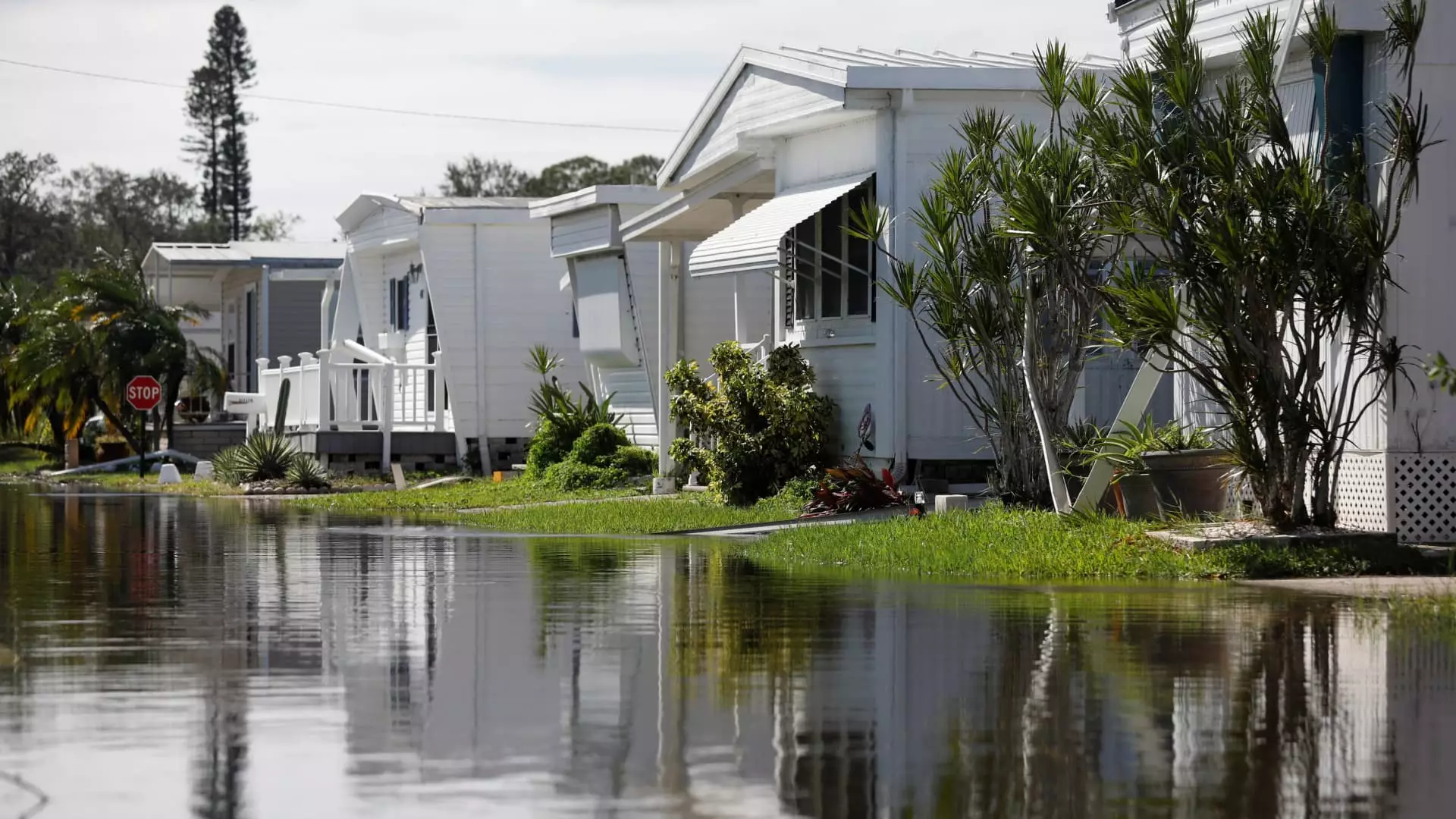Natural disasters can leave an indelible mark on individuals and communities alike, forcing residents to abandon their homes for extended periods. In such unsettling times, insurance coverage becomes a lifeline, especially provisions within homeowners and renters insurance policies designed to cover living expenses when a property becomes uninhabitable. This article delves into the nuances of “loss of use” coverage, examining its significance, limitations, and essential considerations for policyholders.
Natural disasters, such as hurricanes, floods, and wildfires, can cause catastrophic damage to properties, rendering them unfit for habitation. According to estimates by CoreLogic, insured wind and flood damage from Hurricane Helene reached approximately $17.5 billion, while losses from Hurricane Milton could soar between $30 billion and $60 billion, as reported by Morningstar DBRS. Such staggering figures highlight the pressing urgency for homeowners and renters to understand the coverage options available in the aftermath of these calamities.
Experts note that many individuals are unaware of the “loss of use” or “additional living expenses” coverage included in their insurance policies. This provision is crucial for those displaced by disaster, offering financial relief for temporary lodging and daily necessities. As Karl Susman, president of Susman Insurance Services, aptly points out, it is rare to find a homeowners policy that does not include this essential clause.
So what exactly does “loss of use” coverage entail? Generally, it provides a safety net for insured individuals whose homes have been damaged by a covered event, such as a hurricane or fire. It typically represents around 20% of the dwelling’s coverage amount, which serves to assist policyholders with various living expenses during the rebuilding or repair process. For instance, if a homeowner has dwelling coverage set at $100,000, they can expect around $20,000 allocated for temporary living expenses.
Eligible expenses under this provision might encompass hotel accommodations, rental properties, food costs, pet boarding, and even storage fees. This is a vital aspect of recovery, as individuals must sustain themselves and their families while enduring the inevitable disruptions caused by a disaster. Shannon Martin, an insurance agent at Bankrate.com, emphasizes the necessity of contacting one’s insurance provider promptly to expedite the claims process and access funds as quickly as possible. Any delay could complicate the immediate need for temporary housing.
While loss of use coverage is invaluable in times of crisis, it is essential for policyholders to understand its limitations. This type of insurance is not intended to provide a long-term solution for housing needs. According to Jeremy Porter from the First Street Foundation, the financial assistance provided is often insufficient to cover extended periods of displacement. This presents challenges, particularly in regions where housing availability dwindles after disasters, driving up prices for temporary accommodations.
Moreover, policy restrictions may apply, such as caps on specific expenses or time limits on claims. Those depending solely on this coverage during a protracted recovery phase could find themselves in a precarious financial situation. Therefore, it is crucial for policyholders to engage in thorough discussions with their insurers about the specifics of their coverage, uncovering any potential pitfalls that could arise during the claims process.
Complementary Assistance Beyond Insurance
In the midst of chaos following a disaster, navigating insurance claims can feel overwhelming. However, it is important to remember that individuals can seek assistance from multiple sources. For example, the Federal Emergency Management Agency (FEMA) is available to provide help alongside insurance claims. Susman points out that knowing how to leverage additional resources can play a pivotal role in one’s recovery from disasters.
Furthermore, rebuilding efforts often take much longer than anticipated. Loretta Worters, representing the Insurance Information Institute, emphasizes the prolonged nature of recovery, shedding light on how delays in repairs can exacerbate the hardships faced by affected families. As such, proactive planning and understanding the coverage landscape are essential steps for individuals aiming to regain stability after losing their homes.
Loss of use coverage plays a critical role in helping homeowners and renters mitigate the fallout of natural disasters. Although it provides necessary short-term assistance following devastating events, its limitations necessitate careful navigation and additional support from external resources. Understanding these dynamics empowers individuals to make informed decisions and manage the profound impacts of disasters on their lives.

